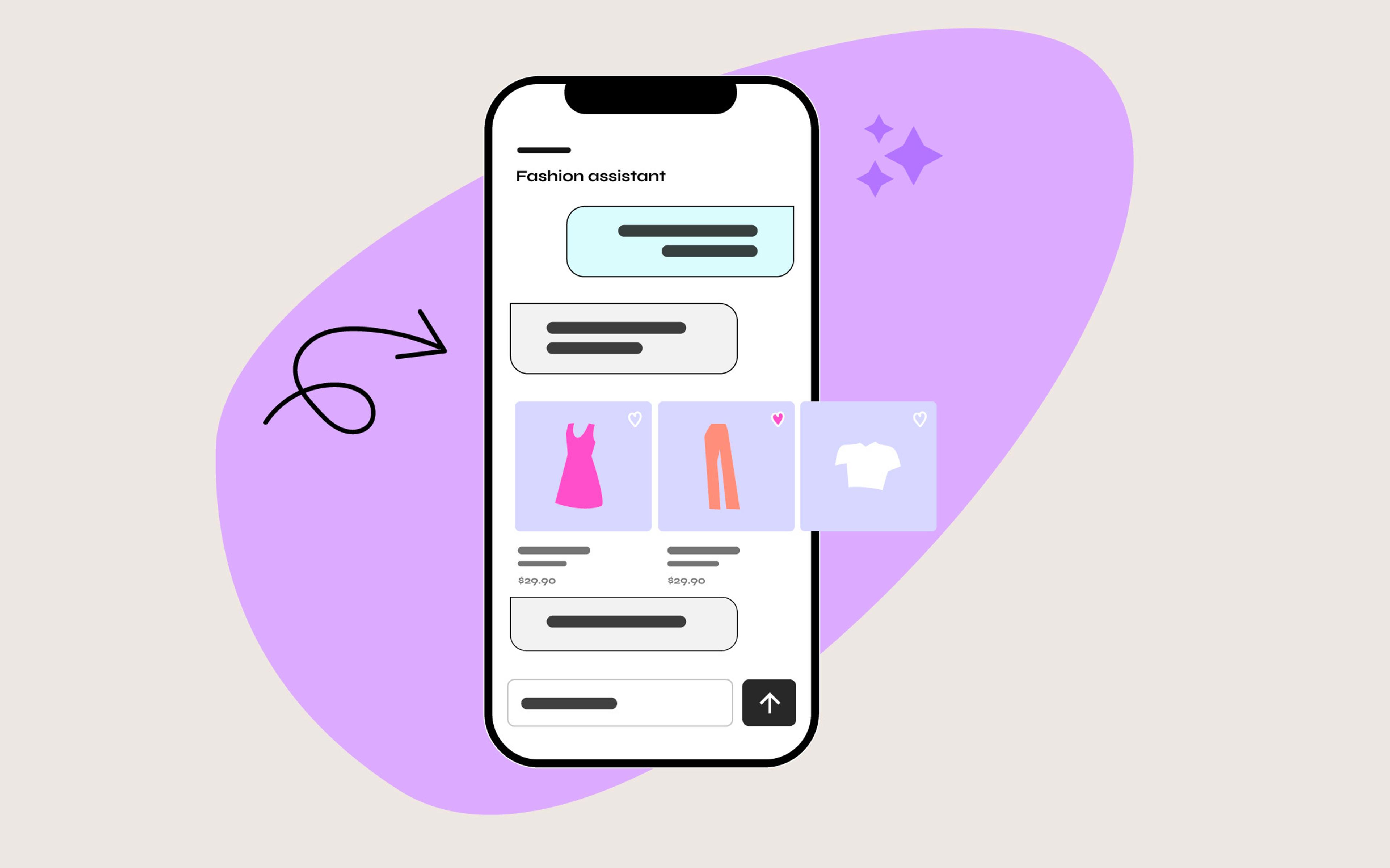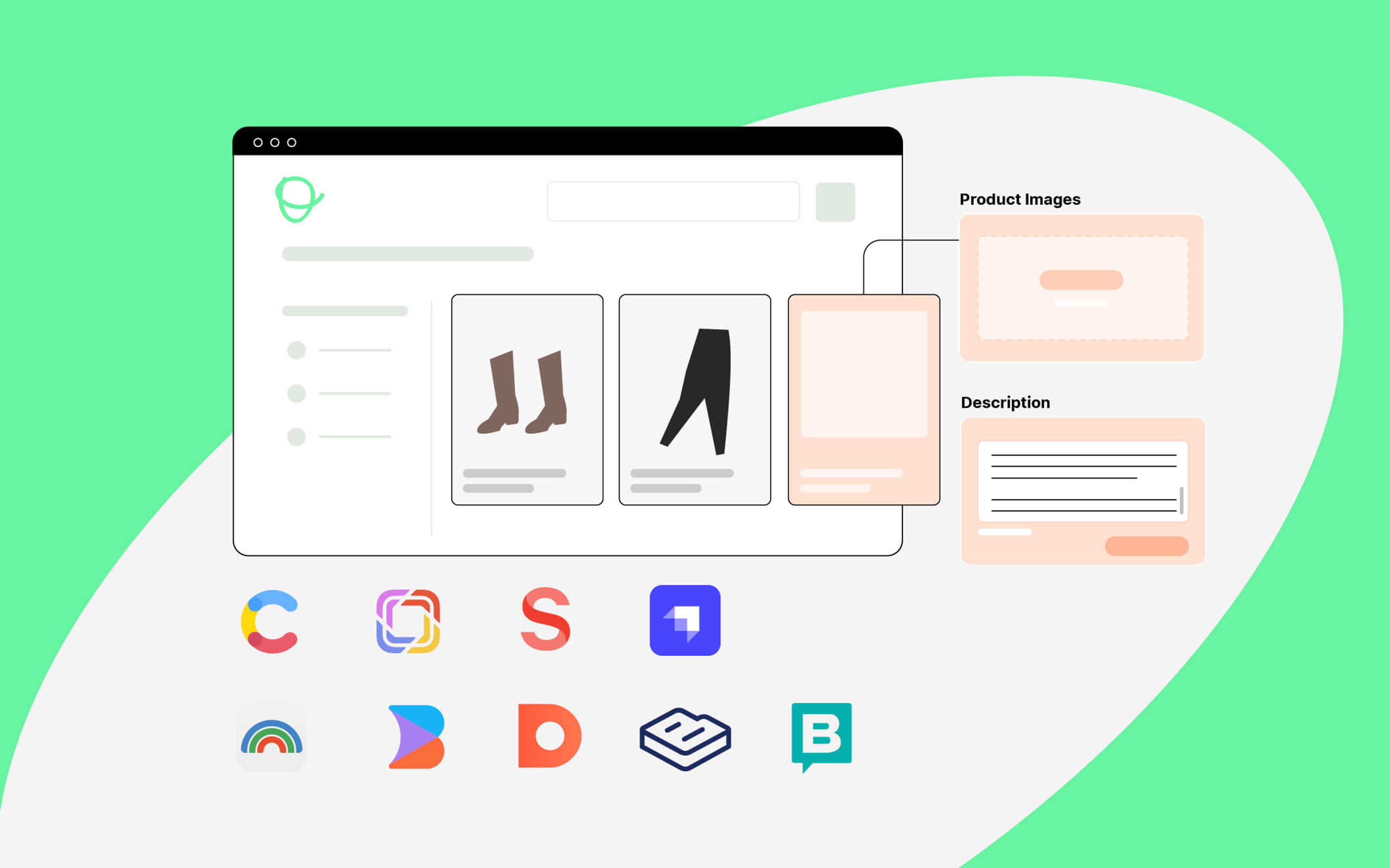Your potential customers are having conversations about your products right now. But these conversations aren’t happening on your website, in your store, or even on Google. They’re happening with AI assistants like ChatGPT, Gemini, and Perplexity.
When someone asks “What are the best wireless earbuds under $200 for running in all weather?” they’re getting instant recommendations complete with comparisons, specs, and reasons why. Nearly 60% of consumers now use AI to help them shop, with over half of Gen Z already using AI for product discovery.
This shift creates a new challenge for e-commerce brands: Generative Engine Optimization (GEO), the discipline of increasing your visibility within AI-powered discovery tools. Unlike traditional SEO, where you can pull up Search Console and see exactly where you rank, AI discovery is opaque. There’s no dashboard tracking how often ChatGPT mentions your brand, and no confirmed ranking factors. In other words, no one really knows what makes one brand show up over another.
Yet some brands consistently appear in AI responses while others don’t, and the industry is starting to make educated guesses about why that is.
In this post, we’ll focus on the high-level strategies for improving your AI visibility across platforms. We’ll explore the foundational tactics that work today and are most likely to continue to work tomorrow, regardless of how AI commerce evolves.
(Note: We’ll dive deeper into ChatGPT’s Instant Checkout feature and what it specifically means for Shopify brands in a separate, more technical post soon—stay tuned!)
Measuring Your Share of Answer
Before you can improve your AI visibility, you need to understand where you currently stand. But unlike with Google’s Search Console, there’s no dashboard showing how often your brand appears in AI responses.
The solution is a surprisingly trivial “Share of Answer” approach. Here’s how it works.
Start by creating a comprehensive list of 25-50 prompts that represent how customers discover and research products in your category. If you’re struggling to generate this list, consider enlisting an LLM to help: you can provide context about your product category, target audience, and typical customer journey stages, and ask it to generate relevant queries. These should span different stages of the shopping journey:
- For product discovery, include queries like “Best laptop for graphic design students” or “What mattress should I buy for back pain?”
- For comparison and research, test prompts such as “[Brand A] vs [Brand B] comparison” or “Alternatives to Popular Product X.”
- For problem-solution matching, try “What helps with back pain while working from home all day?” or “How to choose the right standing desk.”
Once you’ve built your query set, it’s time to test your LLM by asking it each of the queries you’ve come up with. We recommend testing with ChatGPT, which holds over 60% of the AI assistant market and ranks among the top 10 most visited websites globally. While it’s worth periodically checking other platforms like Gemini, Perplexity, and Claude to understand the broader landscape, your measurement and optimization efforts should center on where your customers actually are—and right now, that’s predominantly ChatGPT.
Calculate your Share of Answer score: the percentage of relevant queries where your brand receives at least one mention. The scoring breaks down like this:
- Below 20%: You’re invisible to the AI. Most queries in your category don’t mention your brand at all.
- 20-40%: Limited presence. You appear occasionally, but competitors dominate most conversations.
- 40-60%: Competitive visibility. You’re in the mix, showing up regularly alongside other established players.
- 60-80%: Category leadership. You appear in most relevant queries, often with favorable positioning.
- Above 80%: You dominate AI discovery and are the go-to reference in your space.
When testing each prompt, don’t just check whether your brand appears. Document where it appears in the response, how it’s described, which competitors are mentioned alongside you, and what sources the AI cites. Context matters because it shapes how people perceive your brand.
This baseline becomes your benchmark. Without it, you’re making changes without knowing what’s working. With it, you have a clear starting point and a way to track progress over time.
Prioritize Product Information Completeness
AI systems strongly prefer brands with detailed product specifications, clear imagery, accurate pricing and availability, comprehensive size guides, and compatibility information. Products with incomplete information are frequently skipped entirely, even from well-known brands.
Think of product data as table stakes. Without structured, complete information, LLMs have a much harder time understanding or recommending your products. To fix that:
- Complete your specifications. Every product should have comprehensive details covering dimensions, materials, compatibility, and performance characteristics. Include all details that help customers (and chatbots!) make confident decisions. As an example, if you sell a a standing desk, that means not just height range, but weight capacity, motor type, noise level, and cable management features.
- Improve your imagery. High-quality images showing products from multiple angles and in use help both customers and AI systems understand what you’re selling. Include lifestyle shots that demonstrate use cases, detail shots that highlight key features, and size comparison images that provide context.
- Ensure pricing transparency. Accurate product pricing, taxes, shipping costs, and availability clearly stated helps AI systems recommend products that customers can actually purchase.
- Add detailed size and fit information. For apparel, furniture, and any product where fit matters, comprehensive size guides are essential. Include measurements, fit guidance, and ideally customer photos showing the product on different body types or in different spaces.
Start with an audit of your top products. Where are the gaps? What information is missing or outdated? Prioritize fixing the products that drive the most revenue or that represent your brand in competitive searches. Then expand systematically across your catalog.
Create Educational Content That Demonstrates Expertise
Educational content demonstrates genuine expertise in ways that product pages can’t. When you publish in-depth guides, detailed comparisons, and thoughtful how-to content, you signal to LLMs that you understand your space deeply, and you’re more likely to show up in long-tail queries.
- Write comprehensive buying guides. Address the real questions customers have when choosing products in your category. Not just “which product is best” but “what should I consider?” and “how do different features impact performance?”
- Answer technical questions thoroughly. If customers in your category wonder about compatibility, installation, maintenance, or optimization, create content that addresses these topics with real depth. Surface-level answers won’t do, as LLMs tend to prioritize sources that go deep.
- Create comparison content. Develop honest comparisons that help customers understand tradeoffs between different product types or approaches. When you can fairly compare alternatives in your category, you build credibility with both humans and machines.
- Document use cases and applications. Show how products work in real situations. Case studies, setup guides, and application-specific content help AI systems understand not just what you sell, but how and when customers should use it.
Start with your most frequently asked questions. What do customers want to know before buying? What problems are they trying to solve? What comparisons do they make? Create content that answers these questions comprehensively, and you’ll naturally build the educational foundation that AI systems look for.
Build Authority Through Authentic Engagement
The tough truth about GEO is that your website is just one data point. What matters more is what the rest of the internet says about your brand.
LLMs train on and reference content from across the web. Even though ChatGPT is citing Reddit less nowadays, Reddit content is likely to still carry heavy weight in core model training. The same goes for YouTube videos showing your products in action, or social media content that demonstrates real customer satisfaction with your brand.
When your brand shows up consistently across Reddit, YouTube, industry publications, social platforms, and other sources, ChatGPT notices. It’s looking for patterns of trust across multiple sources. One mention is just noise. Ten consistent mentions across different platforms are signal.
- Encourage authentic customer sharing. Make it easy and natural for satisfied customers to share their experiences. Send post-purchase emails with prompts like “How are you using your new standing desk? We’d love to see your setup!” Include shareable moments in your product experience—unique unboxing, thoughtful packaging notes, or surprising product features that make people want to post.
- Participate meaningfully in community discussions. Find where your customers congregate online (e.g., industry forums, Reddit communities, Facebook groups) and find ways to amplify those channels. In some cases, this might mean contributing directly. In others, it will mean fostering the organic contributions that already happen (e.g., Reddit is notoriously hostile to brands hijacking the conversation).
- Create shareable resources. Develop tools, calculators, guides, or templates that others want to reference and link to naturally because they’re genuinely useful. An ergonomic desk setup calculator, a home office lighting guide, or a remote work productivity toolkit: these resources get shared, cited, and linked to organically, building the distributed presence that LLMs will recognize.
In other words, focus on building genuine value where your customers already spend time. The visibility will follow naturally.
Monitor Your Progress and Iterate
Just like SEO, GEO isn’t a one-time project, but rather an ongoing practice that requires regular measurement and iteration. The AI landscape evolves quickly, and what works today may need adjustment tomorrow:
- Re-run your Share of Answer analysis quarterly. Track how your optimization efforts are actually impacting AI visibility. Use the same query set you established in your baseline, but don’t be afraid to add new queries as customer behavior evolves or as you expand into new product categories.
- Track quality, not just quantity. Look not just at whether your Share of Answer score is improving, but at how the nature of your mentions is changing. Are you appearing earlier in responses? Are the descriptions more accurate? Are you being mentioned alongside stronger competitors?
- Test new approaches systematically. When you hear about a new tactic or strategy, don’t just implement it everywhere. Test it on a subset of products or categories, measure the impact on your Share of Answer, and expand only if you see positive results. A disciplined approach prevents wasted effort on unproven tactics.
- Document what you learn. Keep a log of changes you make, results you observe, and patterns you notice. Over time, you’ll build institutional knowledge about what works for your specific brand, category, and customer base. This documentation will be invaluable when new team members join or when you need to justify continued investment.
Rather than implementing every possible tactic, you’ll want to systematically improve your Share of Answer score over time while building assets that serve customers across all discovery channels.
Building AI Visibility Is Building Future-Proof Discovery
The shift to AI-powered product discovery is happening now. In fact, Gartner predicts that traditional search engine volume will drop 25% by 2026, as consumers increasingly turn to AI chatbots and virtual agents for answers. Thanks to compound effects, the brands that act now will likely dominate AI visibility in their categories for years to come.
To do that, start with your baseline measurement, then systematically work through product data completeness, educational content creation, and authentic engagement. Finally, monitor quarterly and iterate based on what you learn. The approach is straightforward, but it requires commitment—a trait that is quite rare in an industry that tends to be very short-term oriented.
Need help navigating this transition? At Nebulab, we work with mid-market and enterprise e-commerce brands to build the technical infrastructure thats drive visibility across all discovery channel, —including AI. We can help you measure your baseline, prioritize optimization opportunities, and build a systematic approach to GEO that integrates with your broader e-commerce strategy. Get in touch to discuss how we can help your brand show up in the conversations that matter most.



